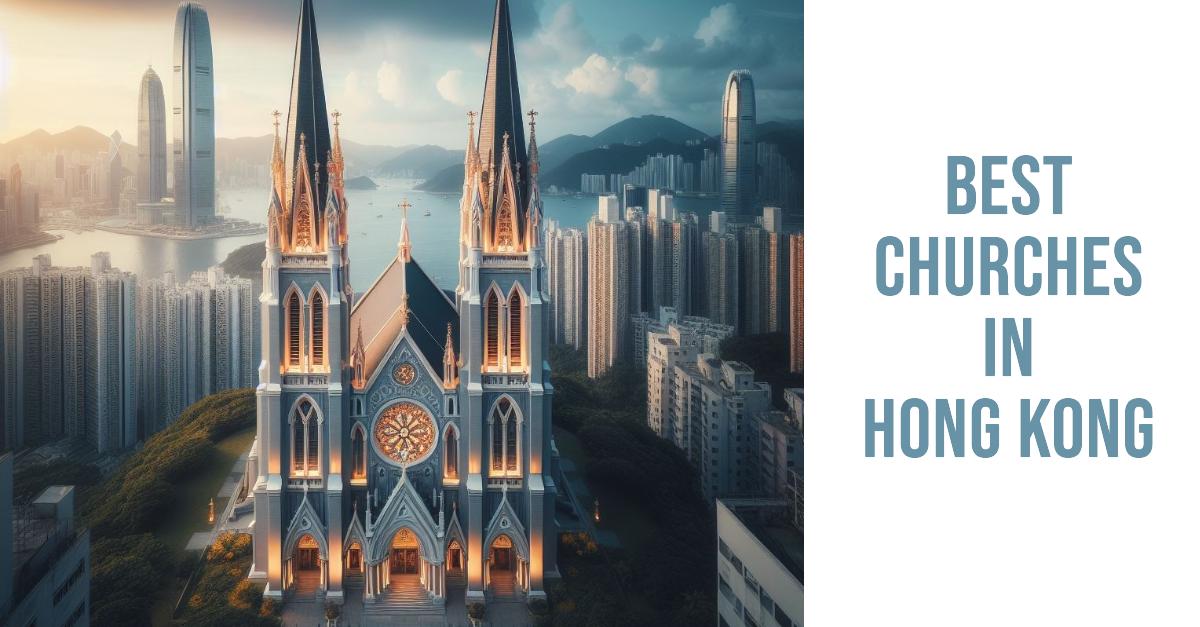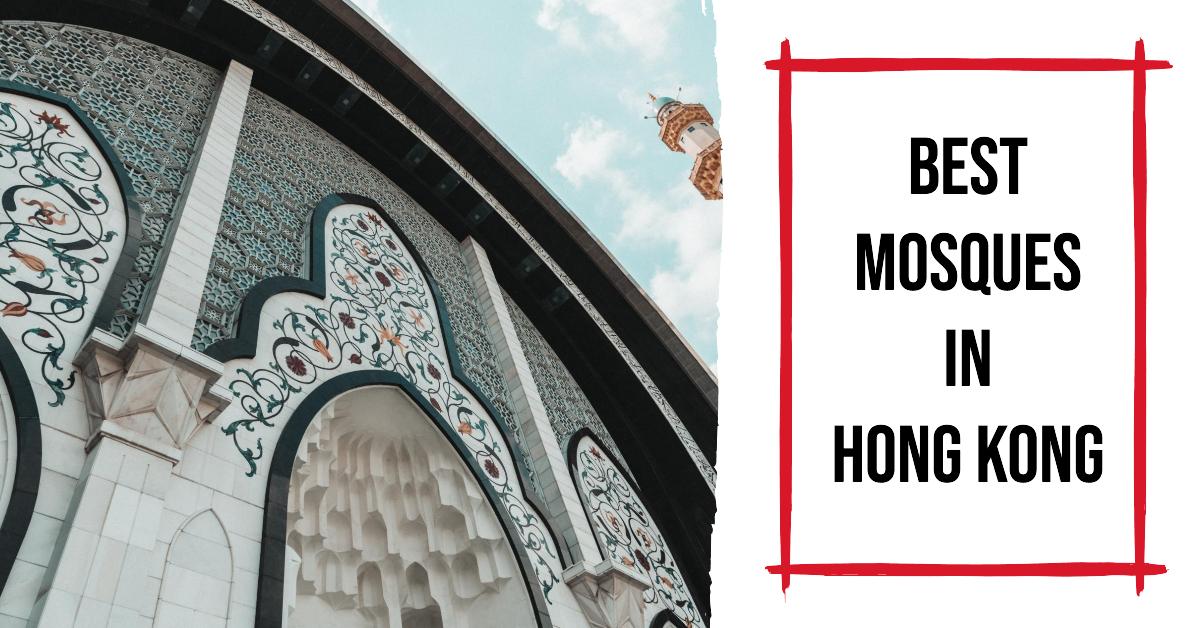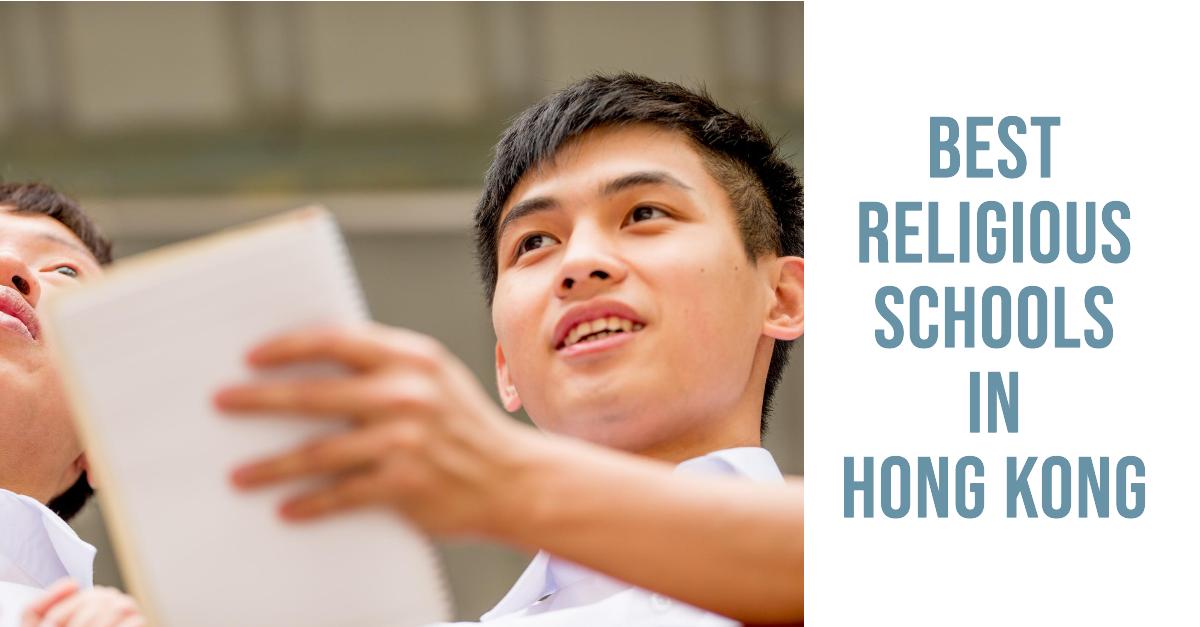Famous Temples and Monasteries
Man Mo Temple
Man Mo Temple, nestled in Sheung Wan, is a serene escape from the city’s hustle. Built in 1847, this temple honors the gods of literature (Man) and war (Mo). The scent of incense fills the air as worshippers pray for wisdom and strength. The intricate woodwork and towering incense coils create a sacred atmosphere. It’s a testament to the deep-rooted traditions that have shaped Hong Kong’s identity.
Po Lin Monastery and Tian Tan Buddha
On Lantau Island, Po Lin Monastery stands as a symbol of peace and spiritual practice. Founded in 1906, this Buddhist sanctuary draws visitors with its impressive architecture and tranquil gardens. The highlight is the Tian Tan Buddha, a majestic bronze statue rising 34 meters high. Climbing the 268 steps to the Buddha offers breathtaking views and a sense of spiritual achievement. It’s more than just a site; it’s a journey to inner peace.
Wong Tai Sin Temple
Wong Tai Sin Temple is a vibrant Taoist temple in Kowloon, dedicated to the deity Wong Tai Sin. Known for granting wishes, this temple attracts thousands of devotees and curious tourists. The colorful, intricate decorations and lively atmosphere make it a must-visit. Fortune-telling stalls line the temple grounds, offering insights into one’s future. This temple embodies the living traditions and vibrant spirituality of Hong Kong.
Historic Churches
St. John’s Cathedral
St. John’s Cathedral, the oldest Anglican church in the Far East, stands in Central, Hong Kong. Built in 1849, its Gothic Revival architecture offers a striking contrast to the modern skyline. The cathedral serves as a peaceful retreat for reflection and prayer. Its lush garden and historical significance make it a cherished landmark. Regular services and community events keep the spirit of this historic church alive.
Rosary Church
Rosary Church, located in Tsim Sha Tsui, is a beacon for the Catholic community. Constructed in 1905, it features beautiful stained glass windows and a serene interior. This church provides a quiet space for meditation amid the bustling city. Its simple yet elegant design draws both worshippers and architecture enthusiasts. Rosary Church remains a testament to faith and resilience in Hong Kong’s history.
Kowloon Union Church
Kowloon Union Church, established in 1927, is a symbol of Hong Kong’s multicultural faith community. This Protestant church welcomes people from all backgrounds, fostering a spirit of unity and inclusion. Its services, conducted in multiple languages, reflect the city’s diverse population. The church’s active engagement in social justice and community outreach highlights its ongoing relevance. It’s more than a place of worship; it’s a hub of compassion and service.
Mosques and Islamic Centers
Kowloon Mosque and Islamic Centre
In Tsim Sha Tsui, the Kowloon Mosque and Islamic Centre stands as a cornerstone for Hong Kong’s Muslim community. Established in 1984, its striking white marble facade and four minarets are architectural marvels. The mosque accommodates up to 3,500 worshippers, especially during Friday prayers and Eid celebrations. Its role extends beyond worship, providing educational and social support to the community.
Jamia Mosque
Jamia Mosque, Hong Kong’s oldest mosque, dates back to 1890. Tucked away in Mid-Levels, its green and white exterior is easily recognizable. The mosque serves as a quiet refuge for prayer and contemplation. It also plays a crucial role in preserving the heritage of Hong Kong’s Muslim population. Regular tours offer insights into its rich history and cultural significance, fostering greater understanding and respect.
Stanley Mosque
Stanley Mosque, located on Hong Kong Island, was built in the 1930s to serve the Muslim community in Stanley Prison. This small but significant mosque remains an important place of worship and community gathering. Its humble structure and serene surroundings provide a peaceful setting for prayer. The mosque’s historical connection to the Muslim inmates and the local community adds to its unique character.
Other Religious Sites
Ohel Leah Synagogue
Ohel Leah Synagogue, built in 1902, stands as a significant center for Hong Kong’s Jewish community. Located in Mid-Levels, it reflects the rich heritage and traditions of Judaism in the city. The synagogue’s architecture blends colonial and Middle Eastern influences, featuring a distinctive facade and intricate interiors. It hosts regular services, community events, and educational programs, fostering a strong sense of identity and belonging among its members.
Shree Lakshmi Narayan Temple
Shree Lakshmi Narayan Temple, situated in Yau Ma Tei, serves as a spiritual hub for the Hindu community. Established in 1984, it is dedicated to the goddess Lakshmi and lord Vishnu. The temple’s vibrant festivals, such as Diwali and Holi, attract devotees and visitors alike. Its beautifully decorated shrines, coupled with the rhythmic chanting of prayers, create a deeply spiritual atmosphere. This temple is a beacon of Hindu faith and culture in Hong Kong.
Khalsa Diwan Sikh Temple
Khalsa Diwan Sikh Temple, located in Wan Chai, is a cornerstone for Hong Kong’s Sikh community. Founded in 1901, it stands as a testament to the enduring Sikh presence in the city. The temple welcomes everyone to its langar, a free community kitchen serving meals to all visitors. Its services, which include prayers, community gatherings, and educational activities, highlight the Sikh principles of equality and service. The temple’s open and inclusive spirit makes it a vital part of Hong Kong’s religious landscape.
Visiting Tips and Cultural Etiquette
Best Times to Visit
The best times to visit Hong Kong’s religious sites are early morning and late afternoon. These periods offer a peaceful atmosphere, allowing visitors to fully appreciate the serenity and spirituality of these places. Weekdays are generally less crowded than weekends, providing a more intimate experience.
Dress Codes and Behavior
When visiting religious institutions, dressing modestly is crucial. For temples and monasteries, long pants or skirts and covered shoulders are recommended. In mosques, women may be required to cover their heads, and visitors should remove their shoes before entering prayer areas. Respectful behavior, such as speaking softly and avoiding disruptive actions, is essential to maintaining the sanctity of these spaces.
Respectful Practices and Customs
Engaging with local customs enhances the experience. At Buddhist and Taoist temples, it’s common to light incense and make offerings. When visiting churches, participating in or observing services can provide deeper insight into the faith. In mosques, observing prayer rituals from a respectful distance is appreciated. Understanding and respecting these practices foster mutual respect and enrich the cultural exchange.





